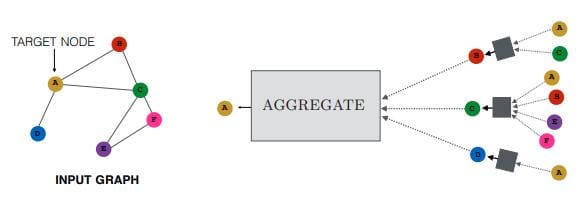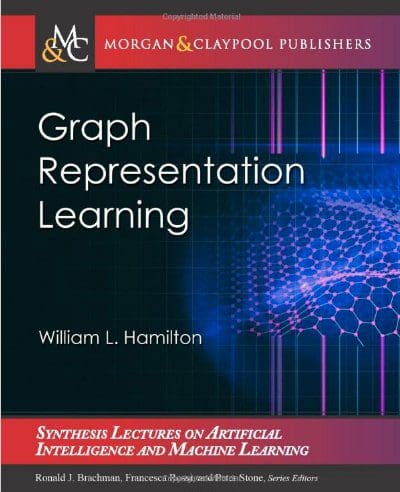Graph Representation Learning: The Free eBook
This free eBook can show you what you need to know to leverage graph representation in data science, machine learning, and neural network models.
Graph analytics and the use of graphs in machine learning has exploded in the past few years. If you need a jumping off point to learn more about this field, we have just the free eBook you're looking for: Graph Representation Learning.
Written by William L. Hamilton of McGill University, the book is currently in pre-publication draft form. It can be downloaded from the website in a single book-length PDF or separate single chapter PDFs.
At a very high level, the book aims to do the following:
This book is my attempt to provide a brief but comprehensive introduction to graph representation learning, including methods for embedding graph data, graph neural networks, and deep generative models of graphs.
But why graphs?
Graphs do more than just provide an elegant theoretical framework, however. They offer a mathematical foundation that we can build upon to analyze, understand, and learn from real-world complex systems. In the last twenty-five years, there has been a dramatic increase in the quantity and quality of graph structured data that is available to researchers. With the advent of large-scale social networking platforms, massive scientific initiatives to model the interactome, food webs, databases of molecule graph structures, and billions of interconnected web-enabled devices, there is no shortage of meaningful graph data for researchers to analyze. The challenge is unlocking the potential of this data.
What do graphs have to do with machine learning, and how do these pieces fit together for this book?
This book is about how we can use machine learning to tackle this challenge. Of course, machine learning is not the only possible way to analyze graph data. However, given the ever-increasing scale and complexity of the graph datasets that we seek to analyze, it is clear that machine learning will play an important role in advancing our ability to model, analyze, and understand graph data.

For a better understanding of what topics the book covers, here is its table of contents:
- Introduction and Motivations
- Background and Traditional Approaches
Part I: Node Embeddings
- Chapter 3: Neighborhood Reconstruction Methods
- Chapter 4: Multi-Relational Data and Knowledge Graphs
Part II: Graph Neural Networks
- The Graph Neural Network Model
- Graph Neural Networks in Practice
- Theoretical Motivations
Part III: Generative Graph Models
- Traditional Graph Generation Approaches
- Deep Generative Models
If you are interested in learning about graph representation, or how graphs are utilized in machine learning, data science, or neural networks, this book is likely for you. DO yourself a favor and check out the freely available prepublication now. If you are then interested in purchasing a copy of the book, either physical or digital, you can do so here.
Related:
- 15 Free Data Science, Machine Learning & Statistics eBooks for 2021
- 5 Free Books to Learn Statistics for Data Science
- Top 5 Free Machine Learning and Deep Learning eBooks Everyone should read

